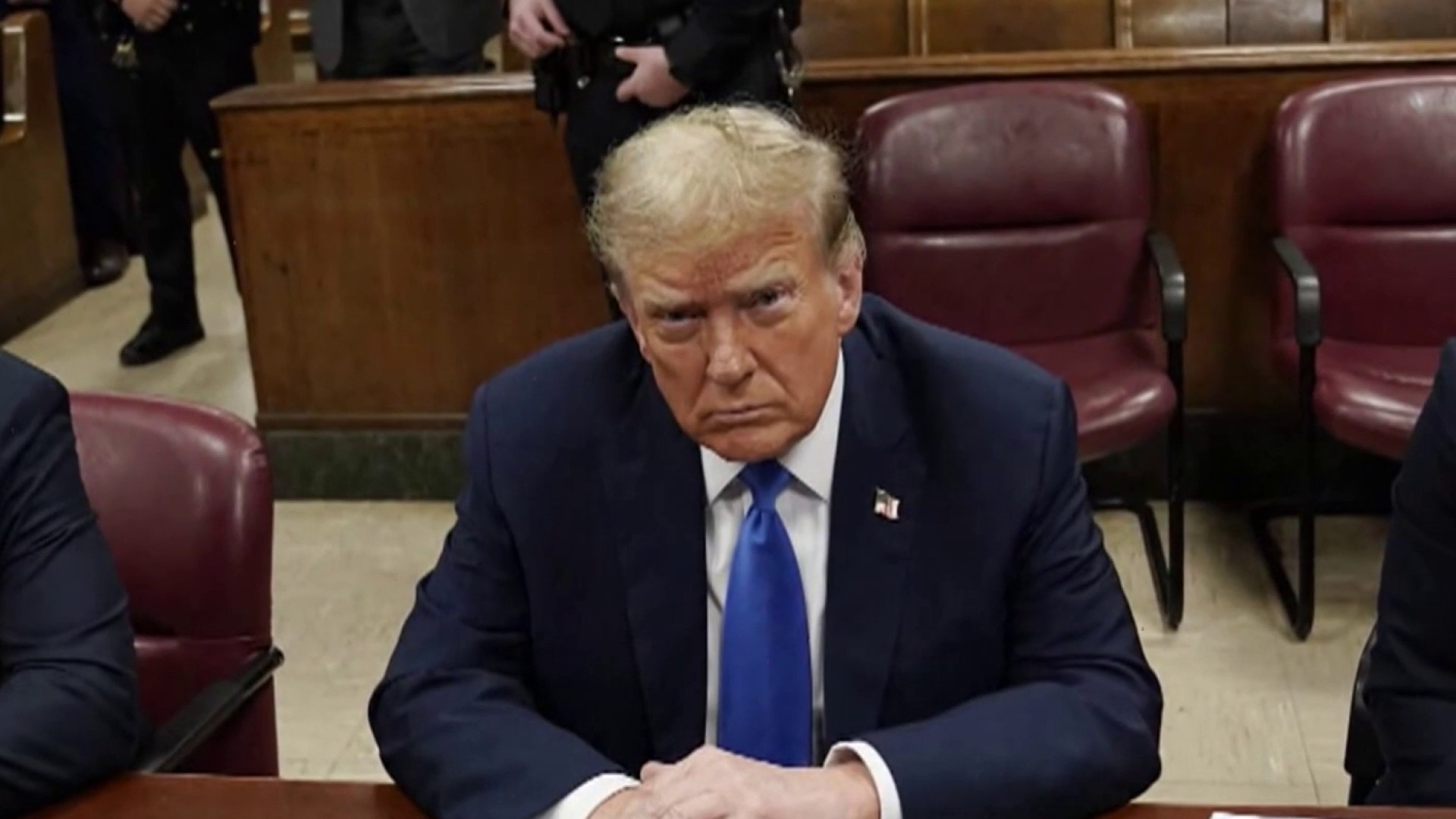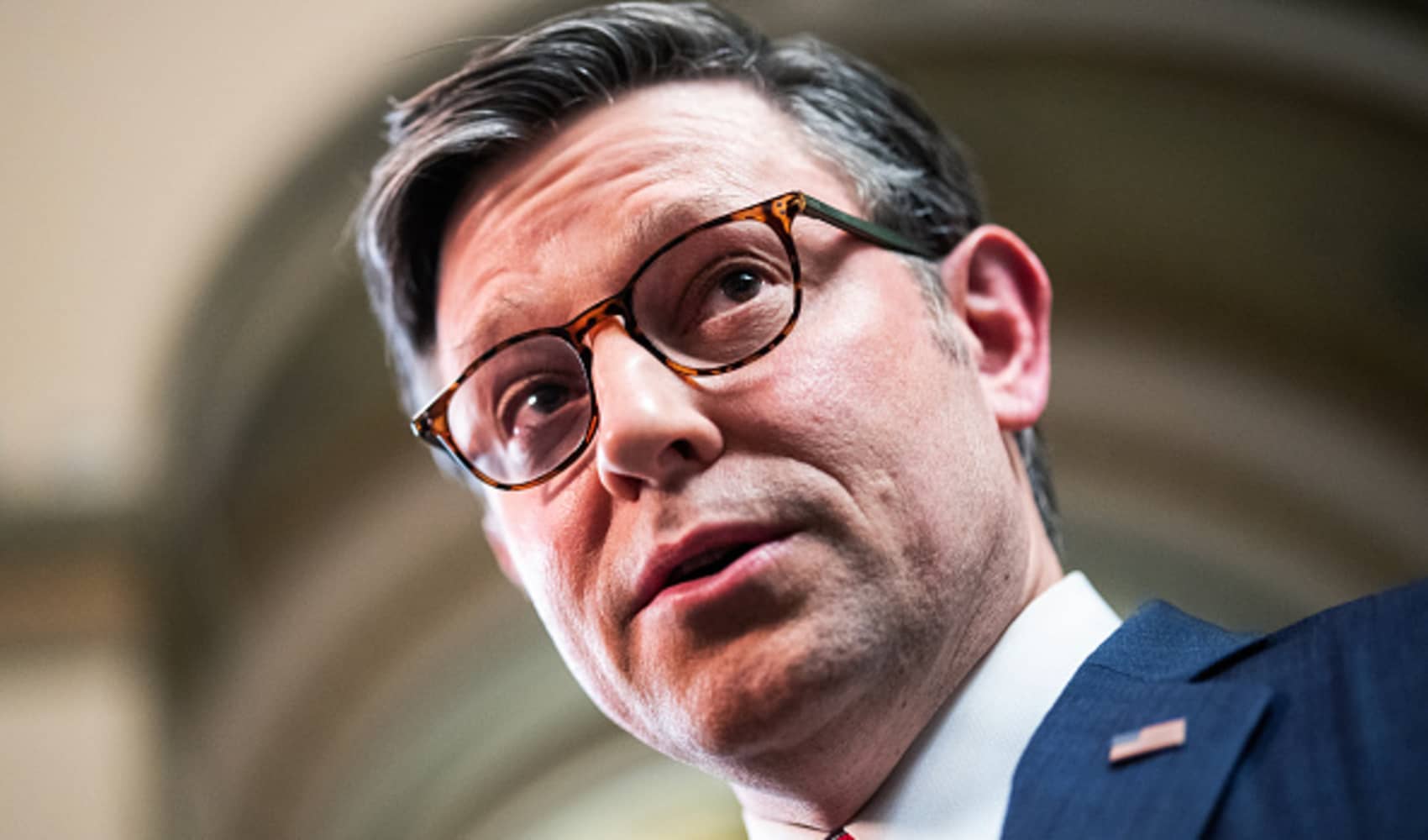Two years after a wave of rogue mortgage lending sent the global financial system to the brink of collapse, Congress is putting the finishing touches on a hotly debated set of regulations to try to prevent it from happening again.
Unfortunately, the proposed new law has a gigantic hole in it.
“The essence of the problem was a real estate meltdown,” said Sen. Judd Gregg (R, N.H.). “The primary thing that we as a government should have addressed is Fannie Mae and Freddie Mac. The bill doesn't address that.”
Call them the twin elephants in the room of financial regulatory reform.
Between them, the two so-called government sponsored entities own or guarantee more than 30 million home loans worth $5.5 trillion – or about half all mortgages outstanding. Already more than $145 billion in the hole, the government’s two giant mortgage companies are expected to need continued government life-support for the foreseeable future.
In the meantime, Fannie and Freddie continue to lose boatloads of taxpayer dollars; in the first quarter alone, Fannie Mae lost $8.4 billion and Freddie Mac burned through another $10.5 billion. They’re both carrying hundreds of billions of dollars worth of mortgages written during the boom years of 2005-2007 that continue to go bad. And as of the end of the first quarter, they had accumulated 164,000 foreclosed homes that will have to be sold at a loss.
“In a year or two they might return to profitability,” said James Lockhart, former Director of the Federal Housing Finance Agency, which Congress created in 2008 to put Fannie and Freddie on a tighter leash. “But there’s still another big swing down before they get there.”
With taxpayers in revolt over mounting deficits, no one in either party is eager to see this uncapped bailout continue. But with private mortgage financing all but wiped out by the housing bust, the two GSE’s are about the only place left to get a new mortgage.
Shutting off the taxpayer lifeline to Fannie and Freddie would almost certainly snuff out the feeble housing recovery - and further jeopardize a weak economic recovery.
“Our economy is very oriented toward homeownership,” said Howard Glaser, a mortgage industry consultant who served the Dept. of Housing and Urban Development in the Clinton administration. “So a smaller housing market is also a drag on the economy.”
Unless and until an alternative source of mortgage lending can be established to take up the slack, the government has little choice but to keep Fannie and Freddie on life support.
That’s why Congress and the White House have kicked this gigantic can down the road.
“If there was an easy solution they would have done it by now,” Stephen Blumenthal, a Washington attorney and former regulator of the GSEs.
Further complicating the government’s role in the mortgage market is the trillion-dollar lifeline provided by the Federal Reserve, which embarked on an unprecedented shopping spree for mortgage bonds in Sept., 2008. That massive investment was supposed to jump-start private demand for mortgage bonds. While the Fed’s move has helped keep mortgage rates low, it hasn’t produced the hoped-for restoration of private investment in new mortgages. Worse, the Fed now has a pile of mortgage bonds that, if it were to begin unloading back on the market, could further depress private demand for home loans.
The whole idea of government-sponsored mortgages dates back to the Great Depression, the last time the housing market crashed and a new home mortgage was difficult to come by. To get the market moving again, the government set up the Federal National Mortgage Association to buy mortgage loans from banks and other lenders. The new agency then sold those mortgages to investors, freeing up more cash to lend more home buyers. By creating the first national mortgage market, the government also reduced the cost of borrowing to buy a home.
But in the 1960s, to help pay for the Viet Nam war and spending on costly new social programs, Congress and the White House “privatized” Fannie Mae by selling it off to private investors. (The nickname Fannie Mae came from the new stock’s ticker symbol, FNMA.) To create more competition, Federal Home Loan Mortgage Corporation, or Freddie Mac, was established in 1970.
That spin-off to private investors gave Fannie Mae a new, dual mission – promote affordable home financing while returning a profit to shareholders. That conflict lies at the heart of the current quagmire.
During the subprime lending boom of the early 2000s, as private mortgage lenders began loosening standards, Fannie and Freddie followed suit to avoid losing market share. When defaults began soaring in 2007, the ensuing housing bust sank many of those private mortgage lenders. Without a government bailout in Sept. 2008, Fannie and Freddie would have toppled as well.
Since then, lending standards have tightened considerably, along with the quality of loans being written, according to Edward DeMarco, the FHFA’s current Acting Director.
“What we're seeing in the mortgage that's Fannie and Freddie are guaranteeing today is we're seeing these are being made to borrowers with much higher credit score, much higher down payments,” he said. “And the mortgages themselves are mainly 15 and 30-year fixed rate mortgages.”
That means that, over time, Fannie and Freddie’s financial outlook should gradually improve. But a lot depends on how quickly the housing market and economy recover. The longer that takes, the longer Fannie and Freddie will continue to bleed cash
“You have 25 percent of mortgages in this country underwater,” said Lockhart. “There’s a long way to go to get the kind of impact (from new loans) that will bring any significant improvement to offset the relatively bad three or four years (of bad loans.)
That leaves Congress and the White House with several unappealing options. One is to have the government permanently take over the job of housing finance, effectively nationalizing the two mortgage companies. Proponents of that idea argue that without a government mortgage lender, access to homeownership will be subject to the credit cycles of the financial markets.
“The private mortgage market will exist only when it’s in the interest of the lenders to do so,” said Blumenthal. “Everyone likes markets rather than the government. But it’s not realistic to think that the free market will be available at all times. It will only be available when it’s in the lenders’ interest.”
So far, strong public backlash to the government bailout of the financial industry has made the idea of a full-blown takeover a political non-starter.
On the other extreme are proposals to turn over the job of housing finance entirely to private lenders. But even those in favor of an entirely free-market system of housing finance acknowledge that it will take years to restore enough confidence among private investors to replace Fannie and Freddie.
“Certainly the private label mortgage-backed securities that were issued in that period of years was a very ugly example of the private market can go wrong,” said Lockhart. “That’s the dilemma.”
Other options fall somewhere between a fully-public or fully-private model. One solution would be to start over with a new version of Fannie and Freddie, with tough underwriting standards, and move their existing portfolios of loans into a separate entity. Over time, as those loans mature, the old GSEs could be shut down.
But the government would still face the huge cost of unwinding what could be hundreds of billions of dollars of money-losing loans.
Estimating that cost has further complicated the debate: a lot depends on what happens to the housing market and economy in the next few years. The longer the recovery takes the more costly it will be to clean up the mess created by the boom in badly written mortgages.
“Sometime during the next Congress they maybe get a bill out, but it could slip until after 2012,” said Glaser. “But if you think about the implementation that’s necessary to create and transition to a new system, my view that it’s very unlikely we’ll complete that process until 2016 to 2020.”



